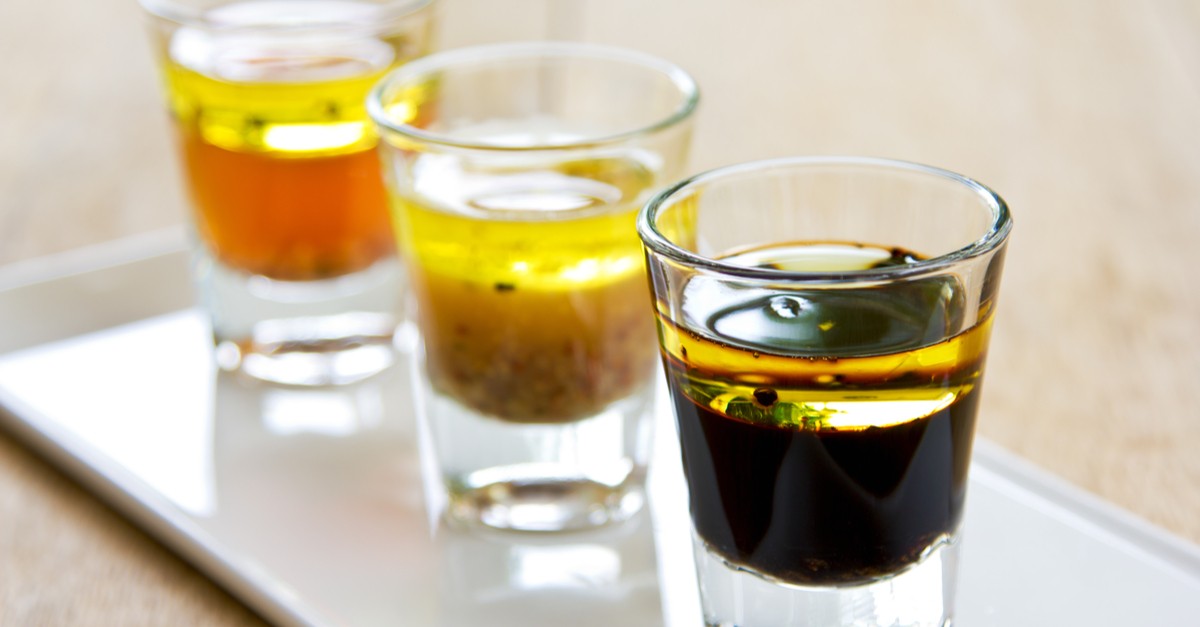The Struggle:
What is there to learn about mixing oil and water. With even the most basic of culinary knowledge most people can follow a mayonnaise or vinaigrette recipe with good results. It’s a basic culinary school 101 technique. But it doesn’t mean we are not left with many questions. I like to fancy myself as a toddler when it comes to cooking. I’ll ask why until you threaten me with a good ol’ fashioned “I’ll turn this car right around, Mister”! I believe I have already written an ask a chef about asking why. It’s what pushes us forward. How is it that two ingredients that are diametrically opposed to one another, coming together in unison. It’s kind of a beautiful thing. It’s like peace on earth, but on an extremely small non consequential scale. I asked the question and thankfully I found the answer.
“I know what emulsions are but why do they work?”
Surface Active Agent (surf-act-ant)
The answer, while technical is actually kind of simple. An emulsion works because of an emulsifier….. Yes, I am fully aware that you probably knew that. Also If you were to ask 99% of chefs, that is the answer you will get. Imagine asking “how do you purify water”? And the answer is “well, you use a water purifier”. OH REALLY, WOW! But we need to know why they work on a molecular level. The answer is, emulsifiers are surfactants. Surfactant is a portmanteau of the words Surface-active agent. A surfactant is an ingredient that is acts on the surface of the fluid. This is important when we get to the emulsification. There are various types of surfactants, that work in different ways. Detergent, water in oil (W/O), wetting agents, oil in water, foaming agents, and dispersants are all types of surfactants. The ones we need to know are water in oil (W/O) and oil in water (O/W). Each surfactant that falls within these two ranges a water soluble and an oil soluble part. Some are more Hydrophilic/Lipophobic (water loving/oil fearing) and others more Lipophilic/Hydrophobic (fat loving/water fearing). A Hydrophilic/Lipophobic surfactant is used in oil in water emulsions, and a Lipophilic/Hydrophobic surfactant is used in water in oil emulsions.
How does it work? Each molecule of a surfactant had a head and a tail. The head is what will adhere to the main liquid. So if its an oil in water solution you will need an emulsifier that has a hydrophilic head. This head will mix with the water in the recipe. As you create an emulsion that is an oil in water emulsion such as mayonnaise or vinaigrette you will have to slowly add the oil. While blending the oil into the water, the oil is broken up into tiny droplets. Since oil and water don’t mix the area around the oil becomes the surface of the water. This is where the surfactant comes into action, Remember what it stands for, surface active agent. With this newly found surface area the heads of the molecules congregate around the oil. The tails of the surfactant which in this case are lipophilic stick into the oil. This creates a stable emulsion, with millions of little droplets suspended perfectly throughout the mixture. The same works for the water in oil emulsions, where water droplets are suspended throughout an oil.
So the next time you want your emulsion to stay stable, use this knowledge and add a surfactant. Soy lecithin, mono & diglycerides, glycerol monostearate, and polysorbate 80, are all examples of surfactants that can help your next emulsion. A small addition to your recipe can prevent wasted time and money. Give it a try!
Ready to get Cooking?
Give our Funny Honey (Of Mine) Balsamic Dressing recipe a try! The sweetness of honey is tempered by aged balsamic in this all-seasons dressing (with basil making a peekaboo cameo). A small amount of soy lecithin is enough to keep the players in harmony, avoiding an unwanted imbalance of flavors that come from settling and patchy distribution.


